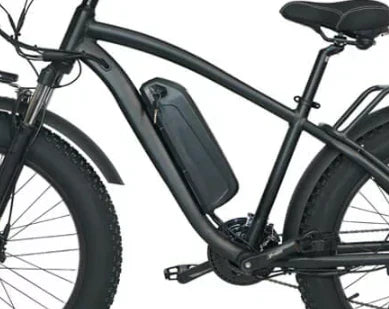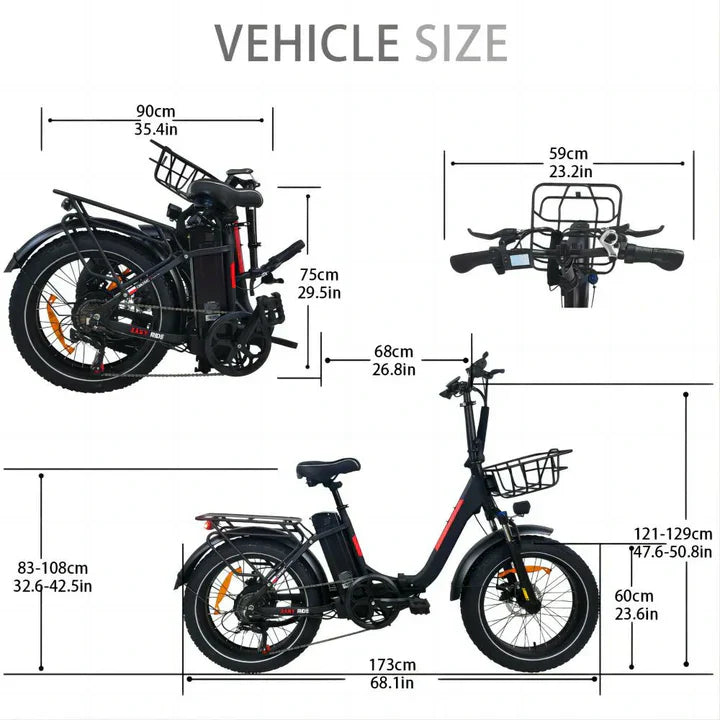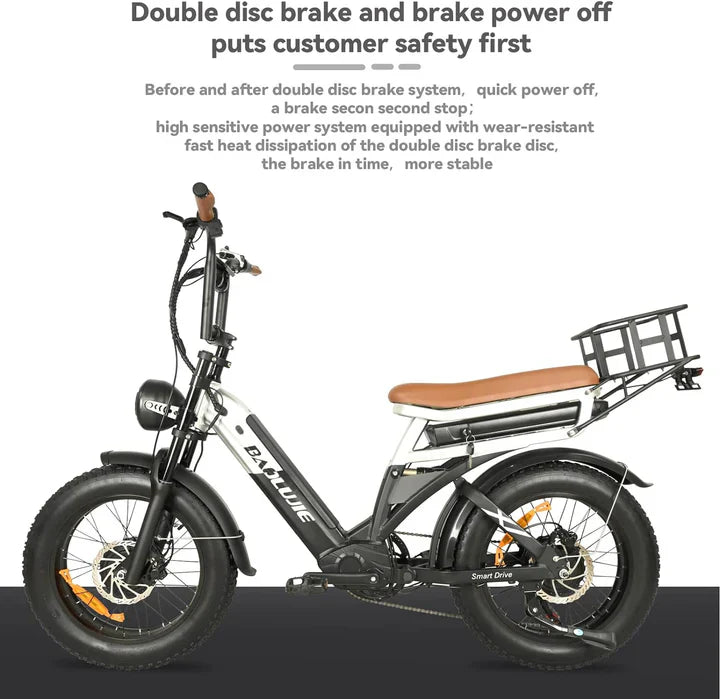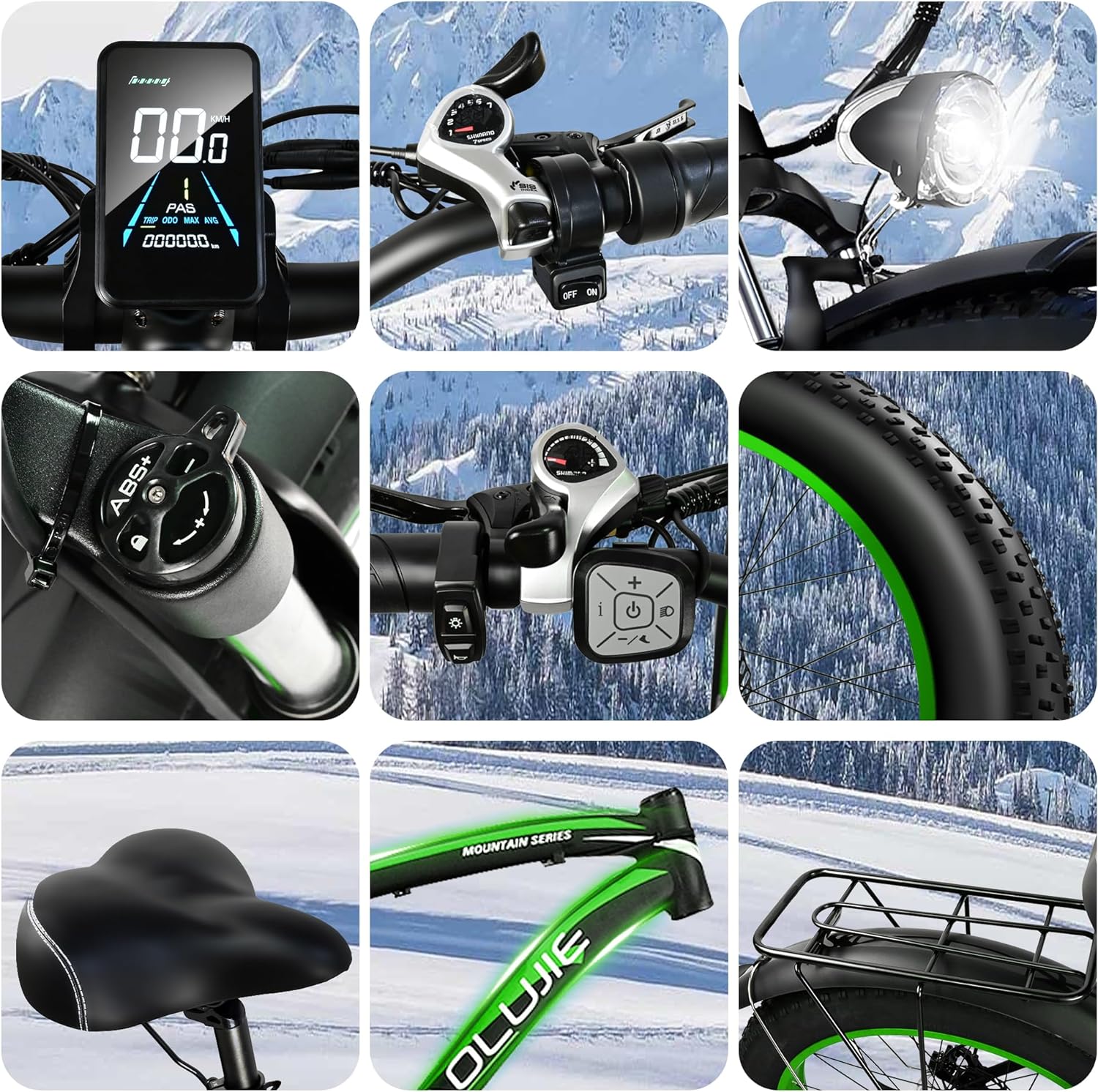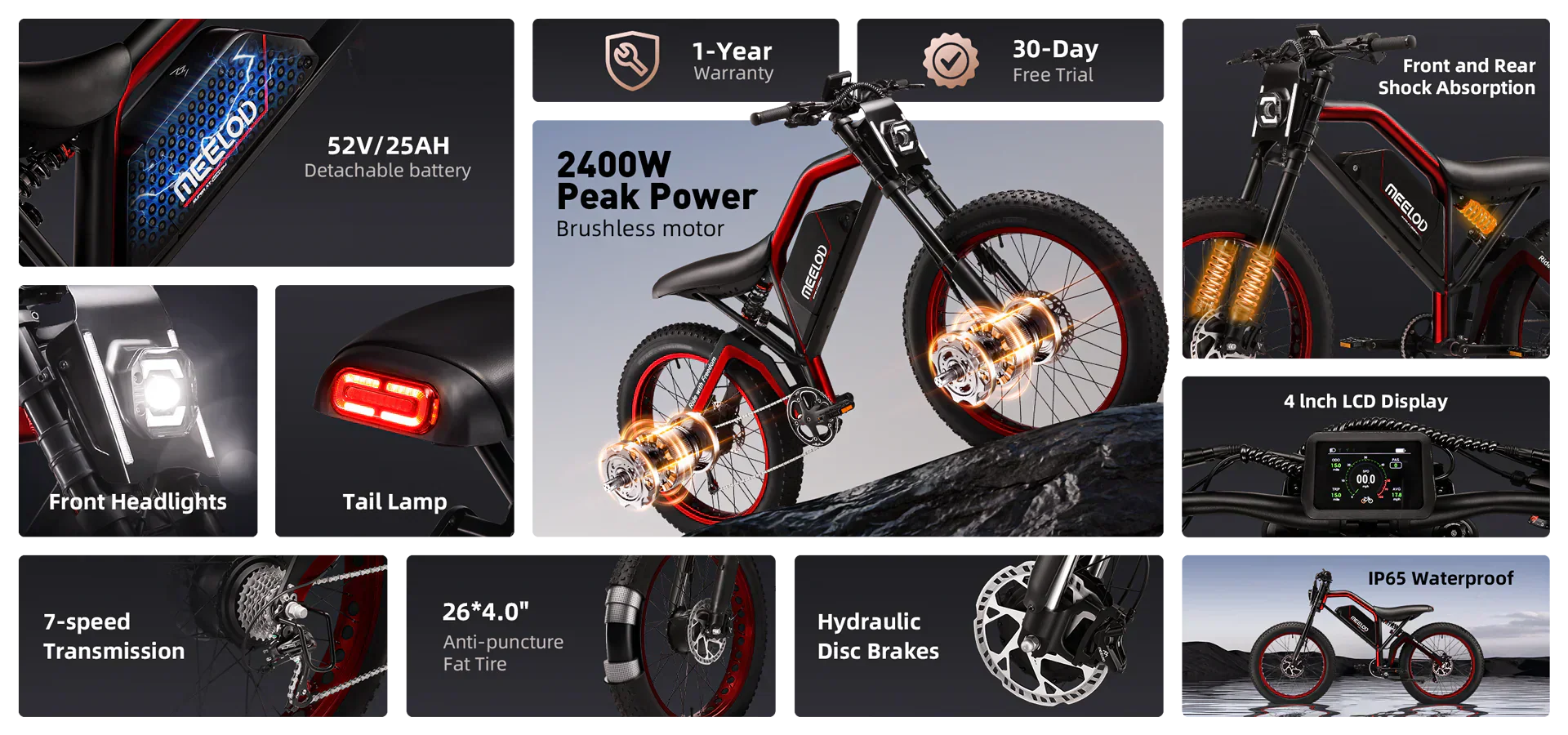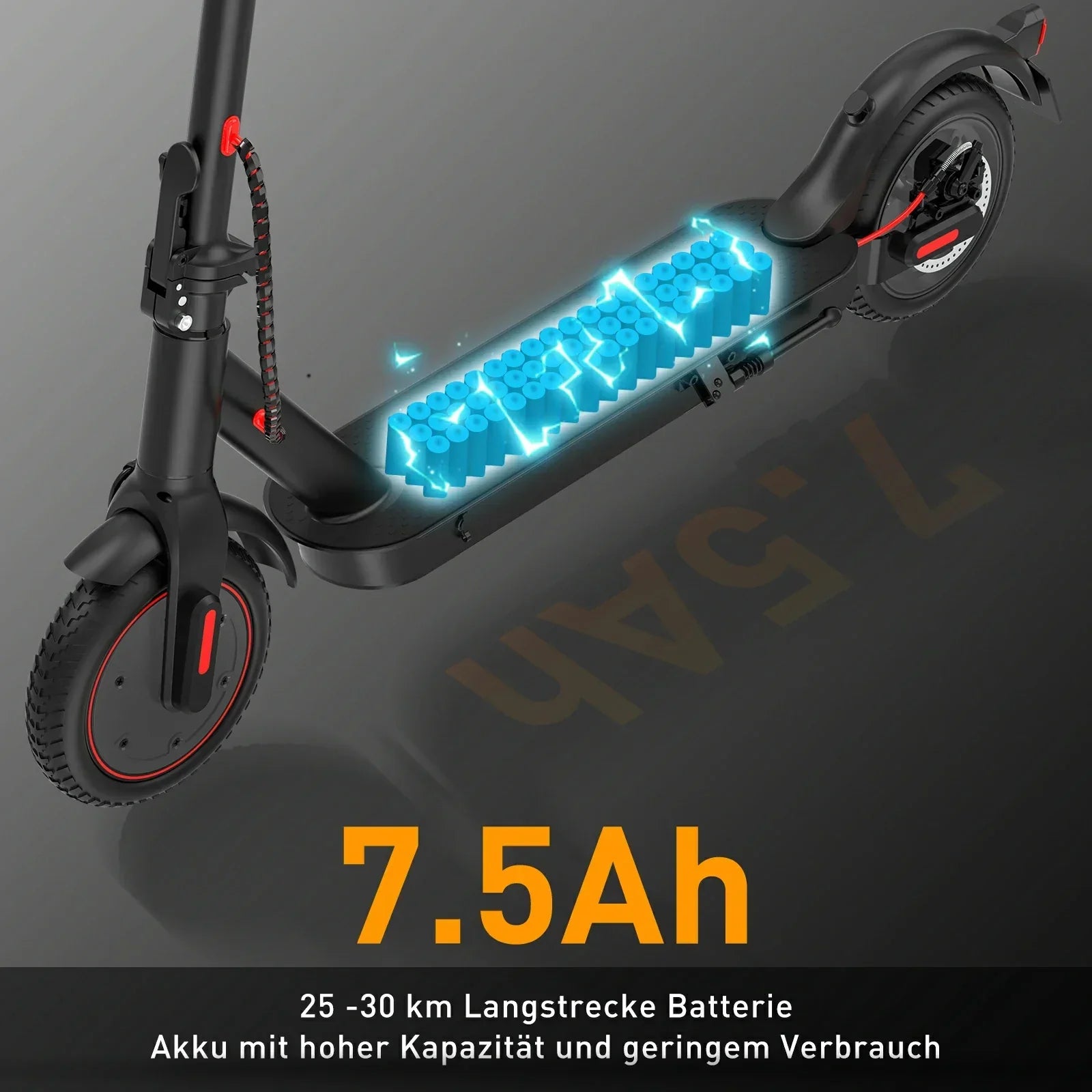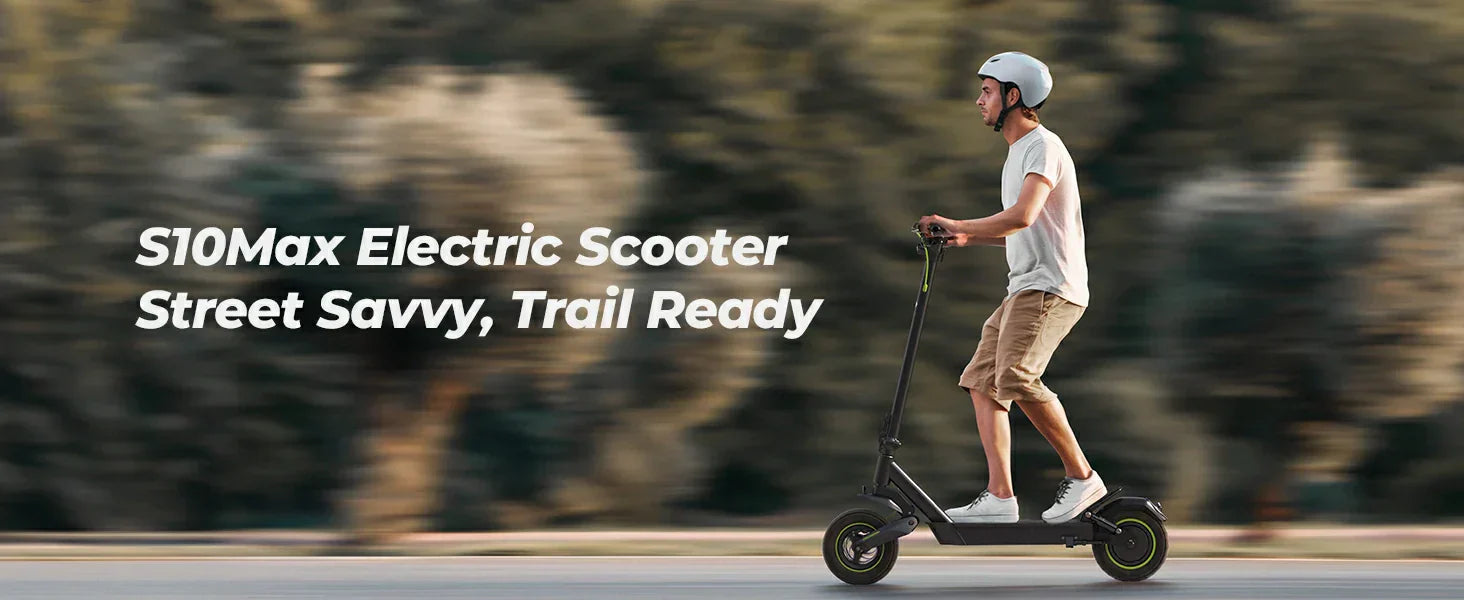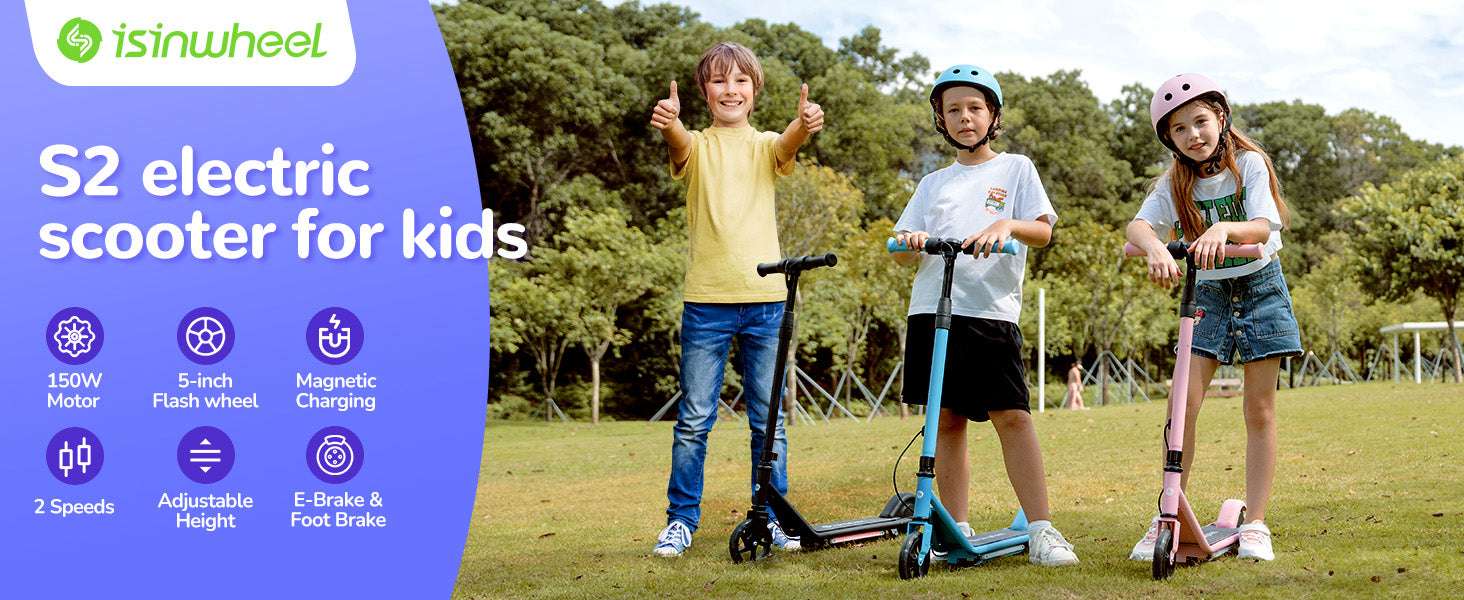Leitfaden zum Kauf von Elektrofahrrädern in den USA
Bei der Auswahl eines Elektrofahrrads müssen Sie zunächst die örtlichen Vorschriften in den USA berücksichtigen. Am 15. Oktober letzten Jahres gab das Innenministerium endgültige Vorschriften für die Verwendung von Elektrofahrrädern an öffentlichen Orten bekannt: Elektrofahrräder mit Geschwindigkeiten unter 45 km/h werden als nicht motorisierte Fahrzeuge eingestuft und haben dieselben Rechte, Privilegien und Pflichten wie Fahrräder. Nachdem wir die Vorschriften verstanden haben, werfen wir einen Blick auf die Faktoren, die bei der Auswahl eines Elektrofahrrads zu berücksichtigen sind!
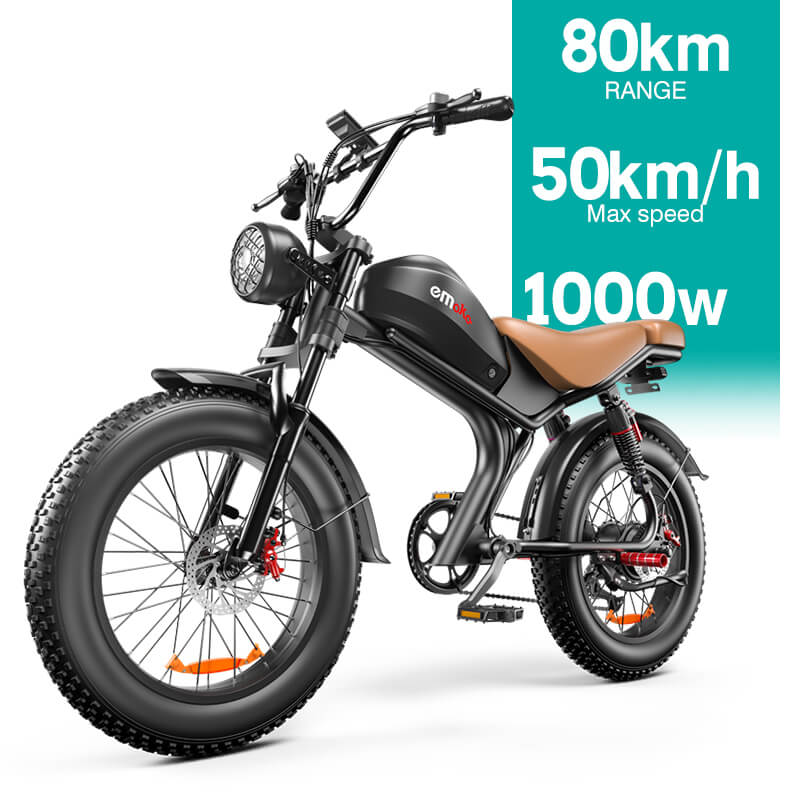
Sicherheit
Sicherheit spiegelt sich vor allem im Bremssystem wider. Derzeit sind vier Arten von Bremssystemen im Einsatz:
Scheibe/Bremsen: Ausgestattet mit Scheibenbremsbelägen, mit hydraulischer oder linearer Übertragung, mit einem großen Bremswiderstandsarm und hervorragender Bremswirkung, die nicht so leicht von den Wetterbedingungen beeinflusst wird. High-End-Fahrräder verwenden hydraulische Scheibenbremsen.
Nabenbremsen (Trommelbremsen): Mit mechanischer Übertragung, mit kleinerem Bremswiderstandsarm als Scheibenbremsen, mit dem Widerstandsarm außerhalb des Rades, günstig im Preis und mit guter Bremswirkung.
Rücktrittbremsen: verwenden wie Trommelbremsen eine mechanische Übertragung, jedoch folgt der Widerstandsarm im Rad der Drehung des Rads und behindert die Drehung des Rads beim Bremsen.
V-Bremsen: Sie verwenden eine lineare Übertragung und bremsen, indem sie zwei Bremsbeläge ziehen und diese an der Felge reiben. Das Prinzip ähnelt dem der linearen Scheibenbremsen. Sie sind günstig und reagieren leicht auf den Zustand der Felge und der Bremsbeläge, der die Bremswirkung beeinträchtigt.
Zusammenfassend lässt sich sagen, dass Scheibenbremsen am besten sind, aber die Kosten für Doppelscheibenbremsen können höher sein und es können auch einige Sicherheitsrisiken bestehen. Derzeit besteht die übliche Bremse für Elektrofahrräder aus einer Kombination aus vorderen Scheibenbremsen und hinteren Trommelbremsen, was ausreichend ist. Der Nachteil von Trommelbremsen besteht darin, dass bei Hochgeschwindigkeitsfahrten die Bremswirkung aufgrund der schwachen Wärmeableitung schlechter sein kann.
Ausdauer
Auch die Lebensdauer der Batterie ist ein wichtiger Parameter, der beim Kauf eines Elektrofahrrads berücksichtigt werden muss. Sie hängt mit Folgendem zusammen:
Motor: der zentrale Antriebsteil des Elektrofahrrads, der hauptsächlich in Bürstenmotoren und bürstenlose Motoren unterteilt ist. Aus Wartungsgründen und anderen Gründen werden derzeit auf dem Markt hauptsächlich bürstenlose Motoren in Elektrofahrrädern verwendet.
Batterie: normalerweise unterteilt in Lithium-Ionen-Batterien und Blei-Säure-Batterien. Lithium-Ionen-Batterien sind ein Batterietyp, der Lithiummetall oder Lithiumlegierung als negatives Elektrodenmaterial und eine nicht-wässrige Elektrolytlösung verwendet. Lithium-Ionen-Batterien sind klein, leicht, haben eine lange Lebensdauer und sind effizienter, sicherer und umweltfreundlicher als herkömmliche Blei-Säure-Batterien, was sie sehr gut für ältere Menschen und weibliche Freunde geeignet macht. Der Nachteil von Lithium-Ionen-Batterien ist, dass sie etwas teurer sind. Versiegelte, wartungsfreie Blei-Säure-Batterien haben die Vorteile eines niedrigen Preises, einer großen Kapazität und einer ausgereiften Technologie und sind auch die Hauptstromquelle für Elektrofahrräder auf dem heutigen Markt. Der einzige Nachteil ist, dass Blei-Säure-Batterien schwer sind und eine kurze Lebensdauer haben.
Derzeit ist der am häufigsten verwendete Parameter für Batterien 48 V 12 Ah. 48-V-Batterien können das Fahrzeug mit einem geringeren Strom antreiben, um die Lebensdauer der Batterie zu verlängern, verglichen mit früheren 36-V- und 24-V-Batterien. 12 Ah steht für den Strom und die Leistung, die die Batterie liefert. Einfach ausgedrückt: Je höher die Zahl, desto mehr Kilometer kann man zurücklegen.
Rahmenmaterial
Das Rahmenmaterial von Elektrofahrrädern besteht im Allgemeinen aus Kohlenstoffstahl oder einer Aluminiumlegierung . Rahmen aus Aluminiumlegierungen sind leichter und beständiger gegen Rost, Korrosion und Verformung. Rahmen aus Kohlenstoffstahl sind schwerer und anfälliger für Rost.

